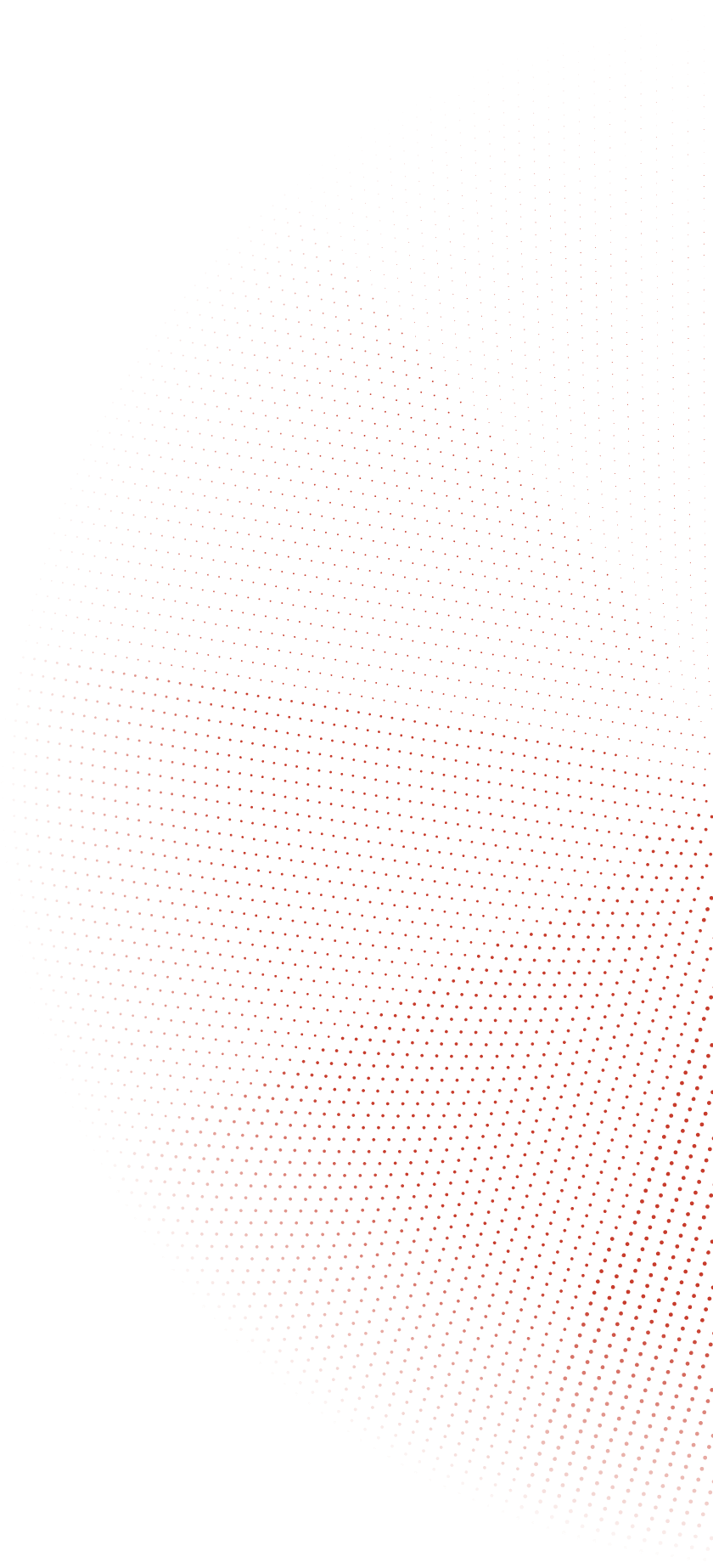The emergence of real time location systems based on Ultra Wideband technology has been quicker than anticipated. It has become one of the “hottest” location technologies currently finding its position in the market.
UWB is the fastest-growing RTLS technology
It is expected that the Ultra Wideband (UWB) based real time location systems (RTLS) will become widely used in different verticals, including manufacturing, logistics and health care. Markets and Markets analysts predict that the general UWB market will be worth more than USD 85.4 million by 2022, growing at a compound annual rate of 5.2% between 2016 and 2022. This is largely driven by the expectation that the entire RTLS market will see double-digit growth in the next seven years. Various sources predict that the overall RTLS market will grow at a CAGR of around 25-32%, and may reach as high as USD 8 billion by 2022. Though RFID-based systems will likely still dominate the market in 2022, analysts at ABI Research and Credence Research expect the UWB-based solutions to drive the overall growth of the RTLS market over the next seven years.
Manufacturing and sports are driving UWB RTLS growth
Although there are still only a few FCC and CE approved systems out there, UWB-based systems are expected to become the number one choice for companies operating in the sports and manufacturing industries. Both often require sub-metre precision and update rates of 5 Hz or higher.
Manufacturing is always at the forefront of process optimisation. There is a constant need to bring down the cost of manufacturing, either through better resource utilisation, quality of production, or both. RTLS is increasingly being seen as a way to improve manufacturing efficiency; however, due to a lack of awareness, there is still substantial room for growth.
Sports, on the other hand, has become a data-driven field of entertainment, where analytics and interactive visuals during live broadcasts are growing more mainstream. UWB-based RTLS can provide valuable real-time data with sufficient granularity, which is then converted into entertaining facts for the public to enjoy.
High accuracy and data reliability are UWB’s main advantages over BLE and Wi-Fi
Ultra Wideband is the optimal choice for tracking fast-moving objects and building solutions that always require below 50-cm accuracy. Even with the new Wi-Fi Fine Timing Measurement protocol and Bluetooth 5, UWB still enables considerably higher precision in a reliable manner, which is important in business-critical applications. Although existing UWB solutions on the market can be a bit clumsy compared to Bluetooth and Wi-Fi, the accuracy and reliability of results make UWB more attractive to verticals like manufacturing.
Unfortunately, the UWB hardware costs are still higher compared to Bluetooth, simply due to the cost of components involved. The semiconductor business is very capital intensive and prices depend heavily on volumes. Being well-established and widely used, Bluetooth chips cost a fraction of those of UWB. However, with increasing adoption, the prices will come down, making UWB a serious contender in applications where thousands of objects need to be simultaneously tracked. Moreover, as the technology matures, vendors will focus on building systems for specific verticals that are easy to deploy and maintain.
Overall, it’s safe to say that Ultra Wideband is challenging the status quo of the RTLS technology market. The expectations are high among analytics, and the next several years will undoubtedly show real-world deployment of UWB RTLS in cases where precision and reliability are key.

